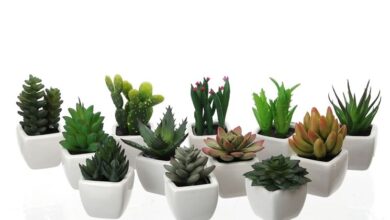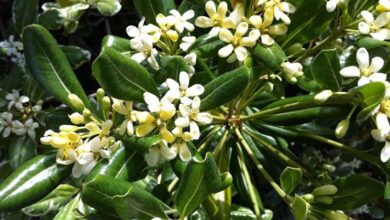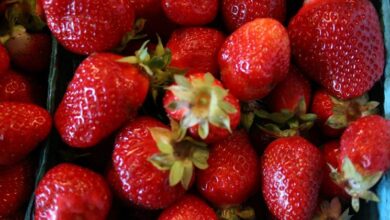Vanilla persimmon
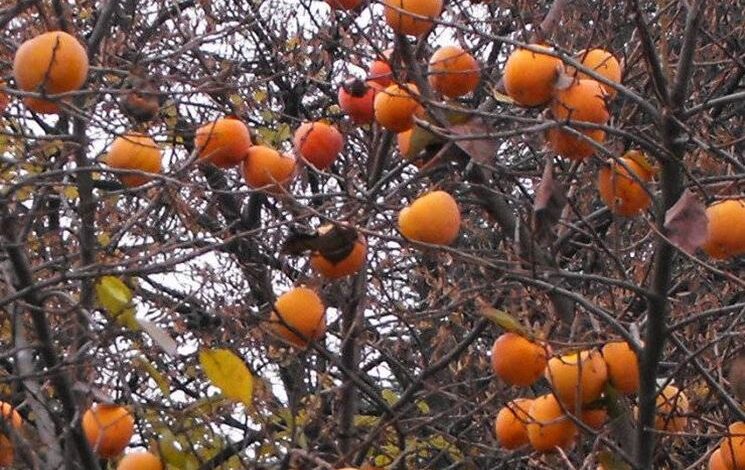
Persimmon vanilla fruit trees
Properties and consumption of vanilla persimmon
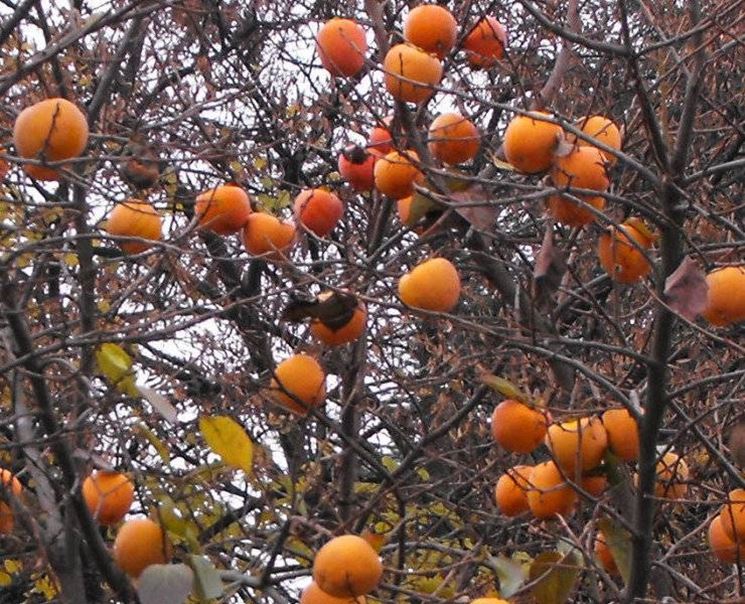
The vanilla persimmon is also called apple persimmon, due to its similarity to this fruit. Thanks to its high sugar content, it is a fruit not recommended for those suffering from metabolic diseases such as diabetes. Unlike the common persimmon, the vanilla persimmon does not have the problem of the peel that tends to break easily, and to eat it it is not necessary to use a teaspoon (as is necessary for the common persimmon), because the pulp has a consistency that allows that the individual can also bite into it without peeling it. This fruit is commonly eaten fresh, although in many cultures it is eaten dried. It has strong laxative properties, so the consumption must be moderate in people who have problems with the hive, as it is contraindicated for those suffering from obesity.
Cultivation of persimmon vanilla
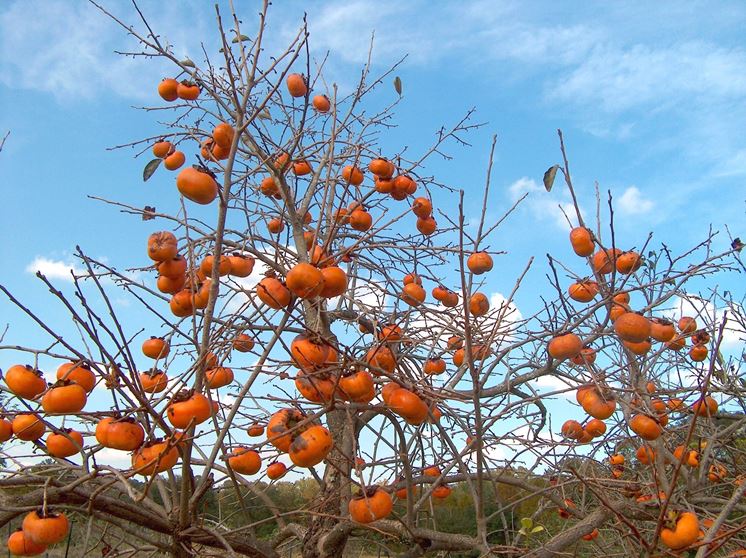
The vanilla persimmon tree can be grown in any type of soil, as long as it is not too moist or calcareous. Although it is a fruit that should be grown in a temperate climate, even better if it is warm, its strong adaptability allows it to survive even in cold weather. Beyond -10 ° Celsius, the young plants of the vanilla persimmon could be damaged, it is therefore advisable to cover them with special sheets or with protections consisting of bundles of straw. For a good cultivation, vanilla persimmon must be fertilized with abundant manure and organic fertilizers. The soil does not require watering in winter or in the rainy seasons, in case of drought it is sufficient to water a couple of times a week avoiding stagnation, wetting the soil deeply.
Vanilla persimmon: Curiosities about vanilla persimmon
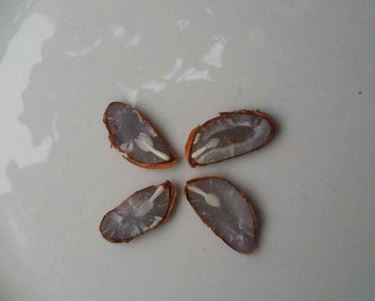
Apart from its uses in the culinary art, persimmon vanilla is also used to flavor some dishes and as a thickener for jams and sweet preserves. Its dense state and its compact pulp make it suitable to be cut into wedges and used to garnish tables and fruit salads (with the ‘common’ variety, however, the knife cannot be used because the pulp is flaccid). After World War II, the symbol of peace was made up of the vanilla persimmon berry, and it remained so until the 1960s. A curiosity about the vanilla persimmon has it that according to a popular narration by breaking the seed, which is inside the pulp, with a little imagination the typical image of the cross can be glimpsed, and for this reason in some Campania dialects it is known as’ legnasanta ‘source: u1.ipernity.

